On its way to recovery from the Bosnian War, the beauty and mystery of Bosnia-Herzegovina has been revealed to the world. In the Herzegovina region the town of Mostar lives and breathes again as one of the most popular tourist attractions in the Balkans. With its fascinating blend of medieval European and Islamic architecture, cobblestone alleys and slate roof tiles, Mostar is a picturesque town settled peacefully on the crystal clear Neretva River.
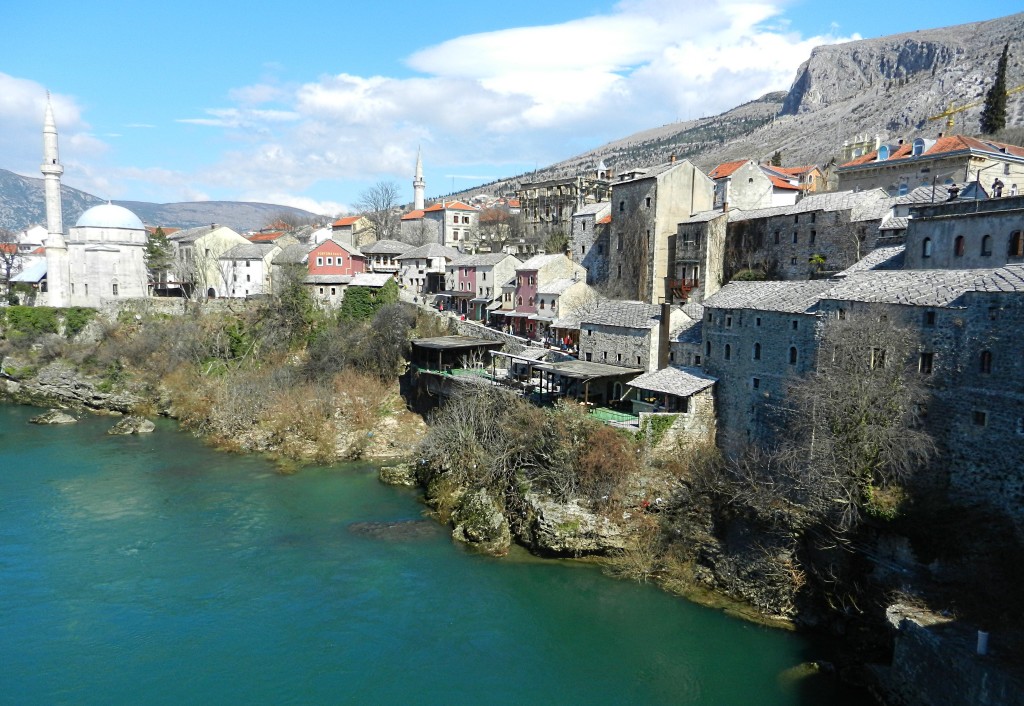
Though most travellers tend to catch a tour bus from Dubrovnik to Mostar on their beach vacations in Croatia, for 7 dollars Ashleigh and I rode a train all the way from Sarajevo through Bosnia’s captivating countryside. You have to get up early to catch it, but the Sarajevo-Mostar rail line offers an unbeatable price with the most stunning and enjoyable route I have ever taken. Like a snake we slithered along the edge of gorgeous valleys, tunnelling through the mountains to be met with increasingly breathtaking views. I scrambled from one side of the train to the other in an attempt to capture the rippling, snowy hills through dirty windows (so the photos turned out a bit smudgy).
Before exploring Mostar we checked into an affordable Airbnb room not far from the old town and met with the owner. Tarik is a very friendly guy who later took us out for coffee and gave us a short tour of Mostar. Tarik told us that his family had lived in Mostar for countless generations and he had no intention to ever leave, for in his mind, it was perfect. Instead of just taking his word for it, we set off to judge the character of Mostar for ourselves.
Upon entering the old town of Mostar we immediately beheld the iconic Stari Most, a great arch spanning the Neretva River. Tarik told us that it was the duty of every young, Mostarian man to jump from the top of the bridge into the freezing waters below at least once in his life. The drop from the peak of the bridge’s arch is 24 metres, and apparently you fall at 80 km/h, so the dive can be quite dangerous if you’re not careful. For 25 euros, Tourists can be trained to jump off the old bridge by the Mostar Diving Club, the money going straight to the bridge’s upkeep and repairs. There are a number of excuses I can come up with for not jumping (it was winter, the training costs too much, I ain’t got no health insurance) but in the end I am left ashamed for not have completing such a feat of manliness and I must encourage the brave to give it a go if you ever find your way to the south-eastern corner of Europe.
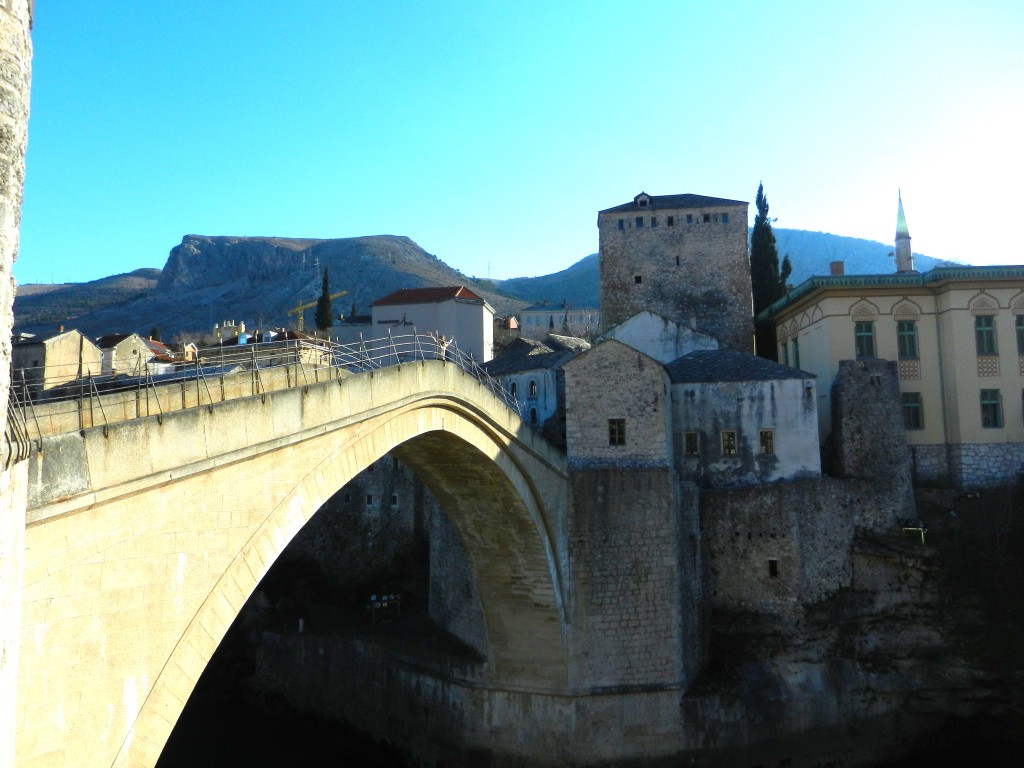
Those who have heard about the town are given the impression that its only attraction is the old bridge, but folks, there is much more to see around Mostar! We spent hours walking through the town’s hidden streets and alleyways, discovering traditional Turkish homes, elegant mosques, and Turkish cafes. A few ruined buildings from the Bosnian War stand in stark contrast in certain parts of town, complete with bullet holes and shrapnel damage, reminding you that Bosnia’s dark past was not so long ago.
Only 12km south-east of Mostar, at the mouth of the Buna River, sits an ancient, Dervish Monastery. This 500-year old house of worship nestles right up against a towering cliff amidst the most beautiful, natural setting you have ever seen. Inside, the floors and walls of the monastery are decorated with colourful, hand-woven carpets while carved embellishments adorn the ceiling. Today, Blagaj monastery is a popular, and free, tourist attraction but is still used as a sanctuary for prayer.
Before returning to Mostar city, visiting the mighty fortress of a Blagaj was an adventure I couldn’t pass up. On our way to this ancient site we came across a spirit guide in the form of a small, black dog. This determined, little rascal led us along a switchback trail to the top of the mountain, pushing his little legs as far as they could go. At the summit of Blagaj hill, which has been occupied by a fort since the prehistoric eras, the medieval Stjepan Grad sits dramatically on a sheer cliff like a ancient crown of stones. The views of the valley from this castle ruin were stunning and you could only imagine how impossible it would be to conquer this fortress. For many hours our little spirit animal followed us up and down the mountain until he mysteriously disappeared without so much as a look over his shoulder.
Back in the city, our pilgrimage up to the cross on Hum Hill was another reminder of the Siege on Mostar. On the way up the mountain we discovered remnants of mine fields and decrepit bunkers where Croat-Bosnians fired down upon the Bosniak population. Today, a path has been built winding up the hill with scenes from the New Testament set in stone along the trail. We encountered a couple of silent pilgrims, rosary beads in hand, making their way to the cross at the summit of Hum Hill. If you’ve got wheels you can also drive to the summit, but either way you choose the lofty view of Mostar is worth the effort.
It was in 1991 when the town of Mostar was subjected to an 18-month siege from Serbian and then Croatian forces. 70% of Mostar was destroyed by heavy shelling, including the famous Stari Most bridge. The Croat militia took control of the western part of the city and ‘cleansed’ the streets of anyone who wasn’t of Croatian decent. Bosnian Muslims and remaining ethnicities fled to the eastern side of Mostar where they withheld the siege.
https://www.youtube.com/watch?v=X1XYWtCx6zQ
When the war in Bosnia finally ended in 1995, there was nothing left to do but for everyone to rebuild their lives. In 2004 the new Old Bridge was officially opened, a perfect replica of the Old Bridge and an important symbol of Mostar’s cultural heritage. Over time, many countries have contributed to the recovery of Mostar’s ruined infrastructure and you can find buses donated from Japan and a marble plaza financed by King Juan Carlos I of Spain.
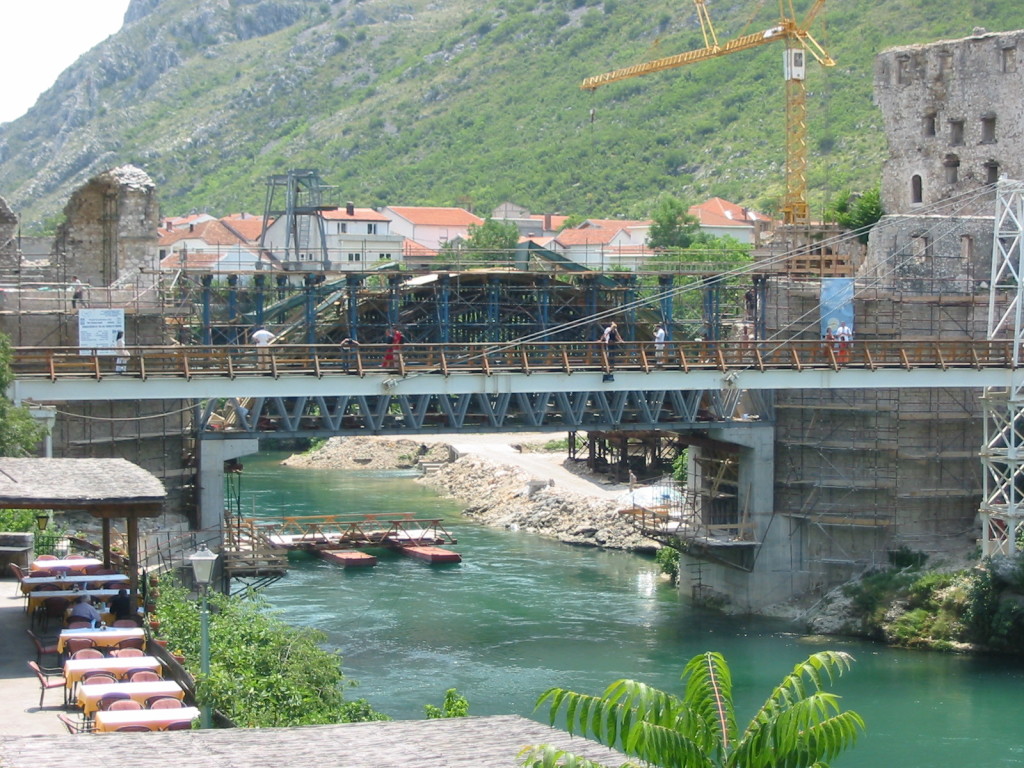
Although there’s still a cultural separation between Croat-Bosnians in the west and Muslim-Bosnians in the east, we still felt that Mostar contains a rich, cultural diversity, and a sense of community. Mostar’s tranquil setting along the Neretva River, surrounded by rolling hills, is psychologically soothing. The citizens of Bosnia are generally relaxed, friendly, and happy to speak with you. Through several conversations, Ashleigh and I felt that the Bosnian people have no desire to embitter themselves clinging to memories of past tragedies and would rather move on with their lives. We found the attitude of the Bosnians to be admirable considering what they’ve been through.
For a tourist, Mostar is both a charming and intriguing place to visit, whether you’re travelling through Bosnia or along the Adriatic coast, and I would have to say it would also be a lovely community to live in. Although it’s still in recovery, Ashleigh and I have only pleasant memories about our trip through Bosnia-Herzegovina and would heartily recommend anybody to visit this beautiful country.
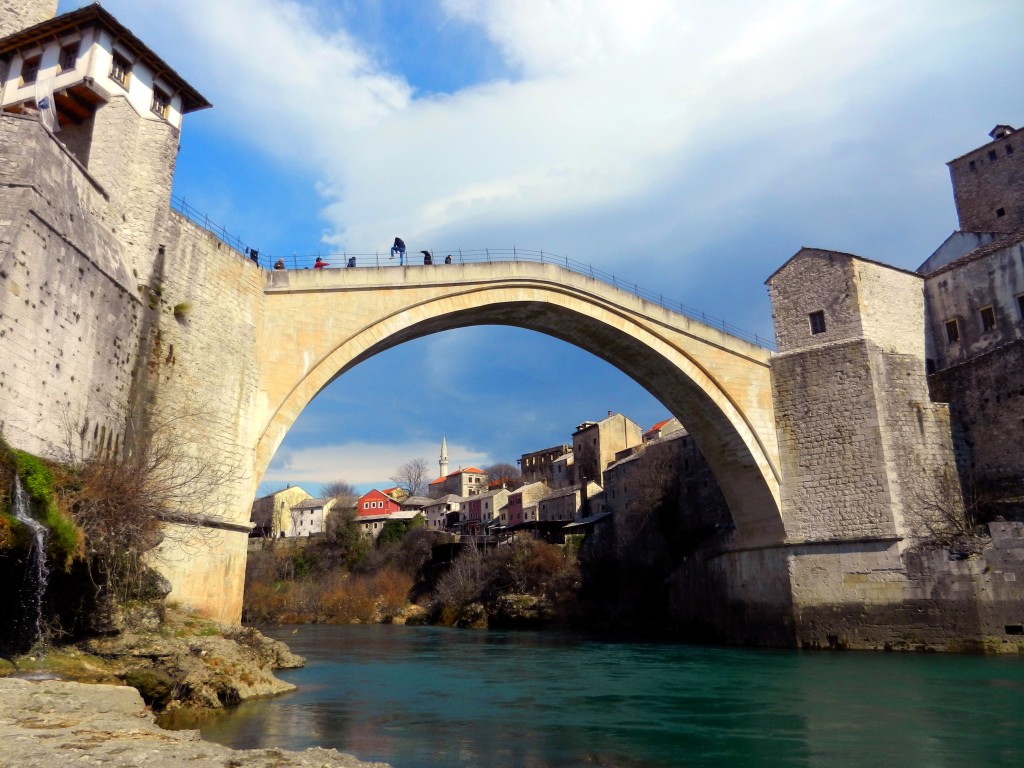
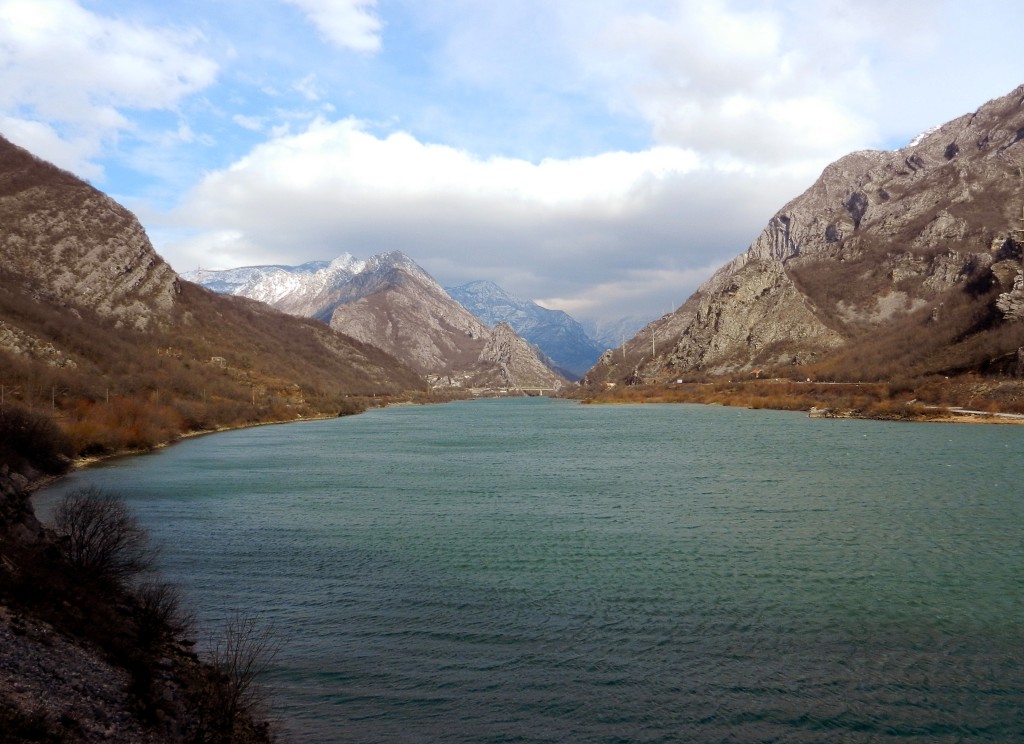
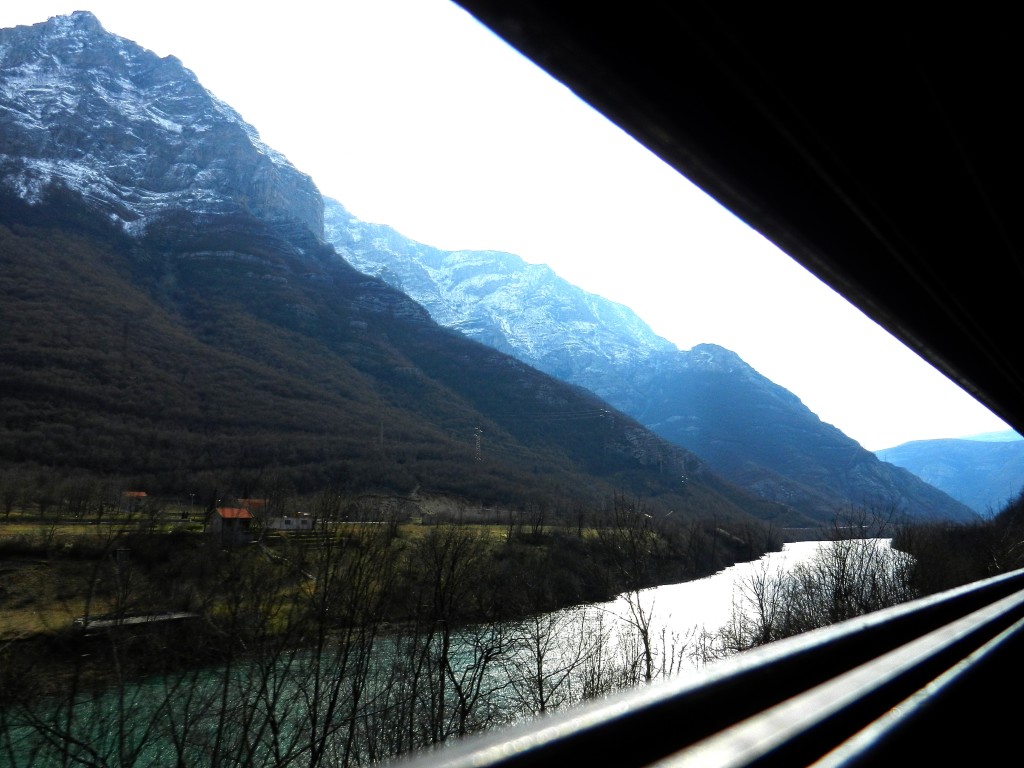
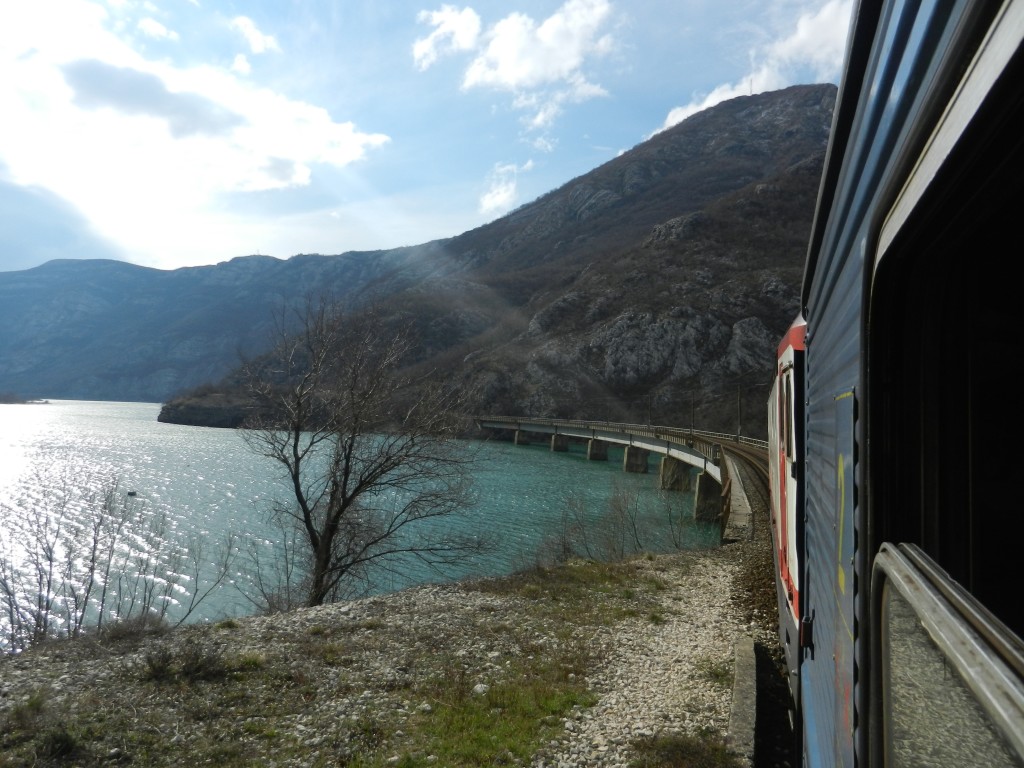
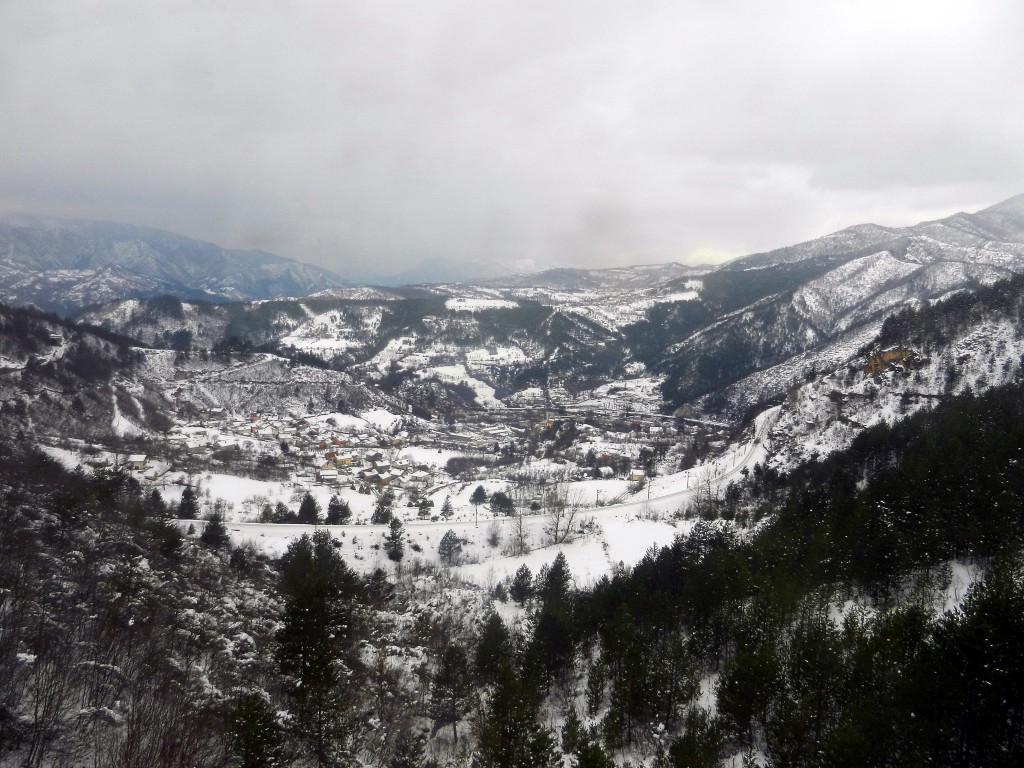
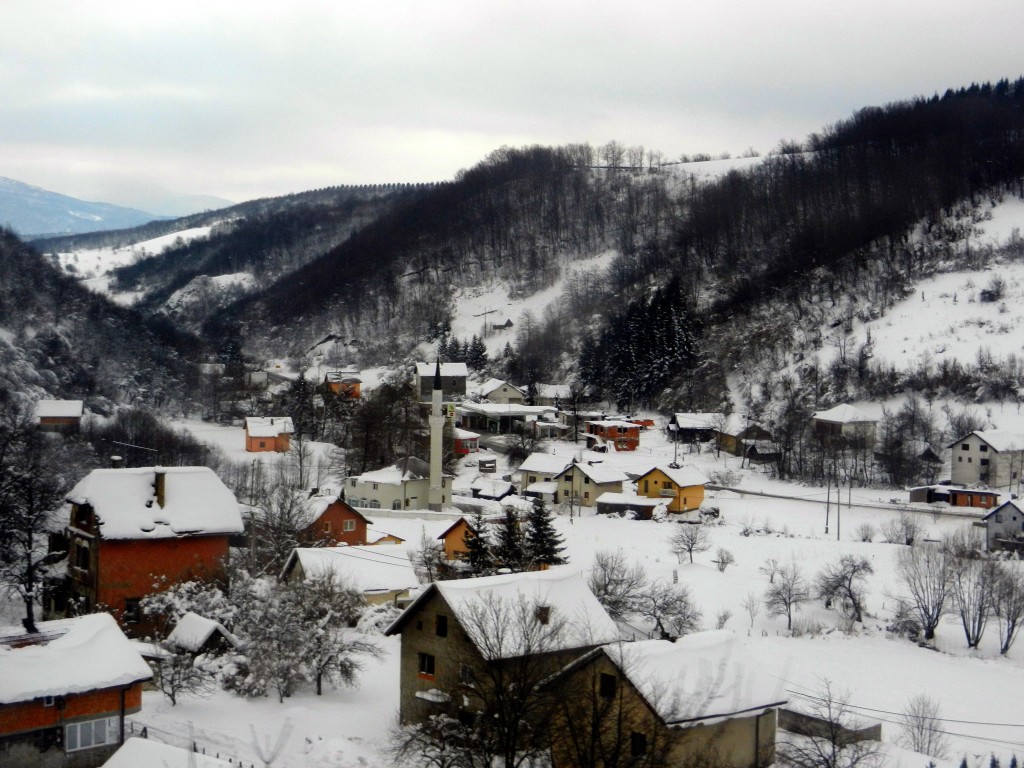
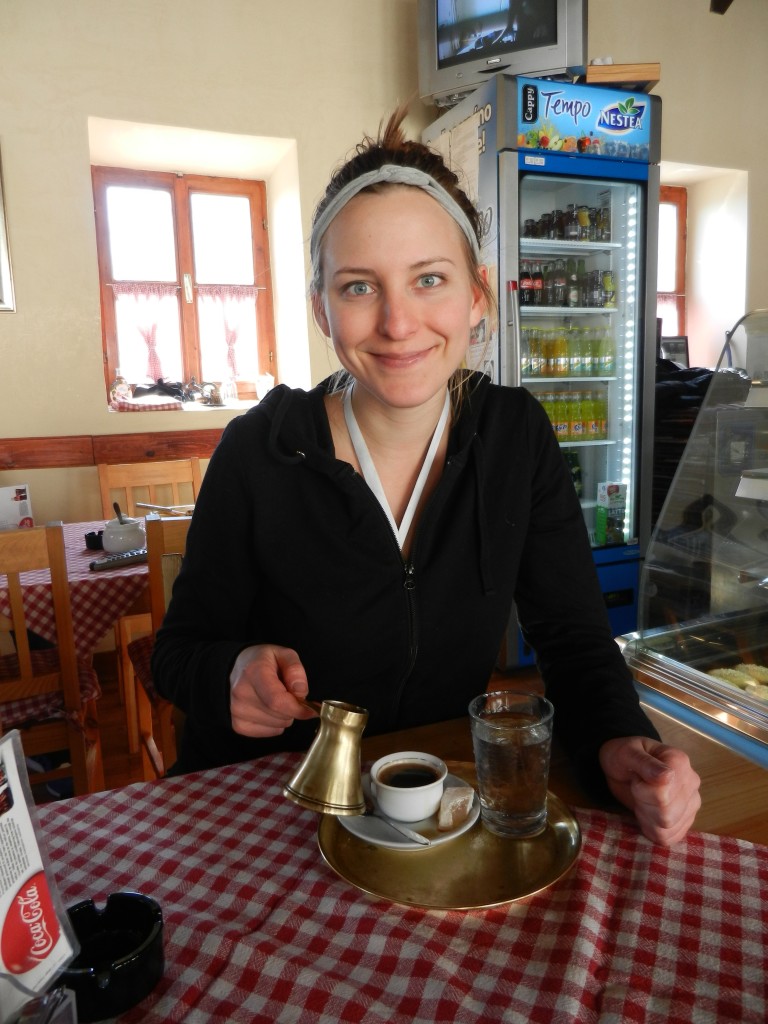
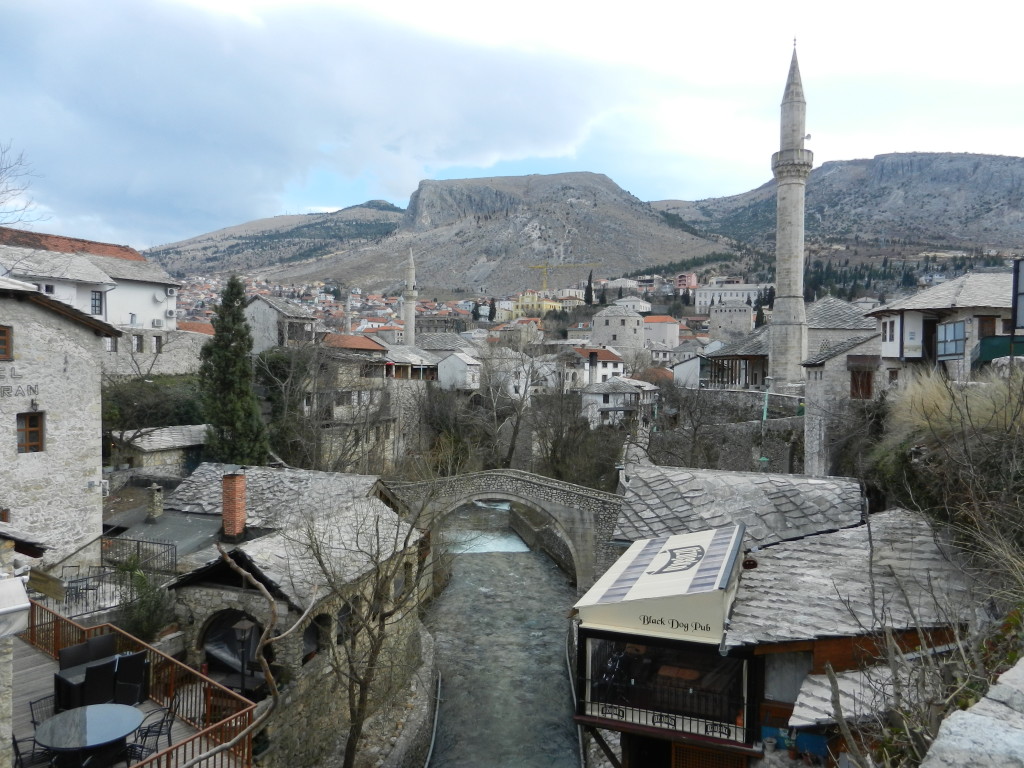
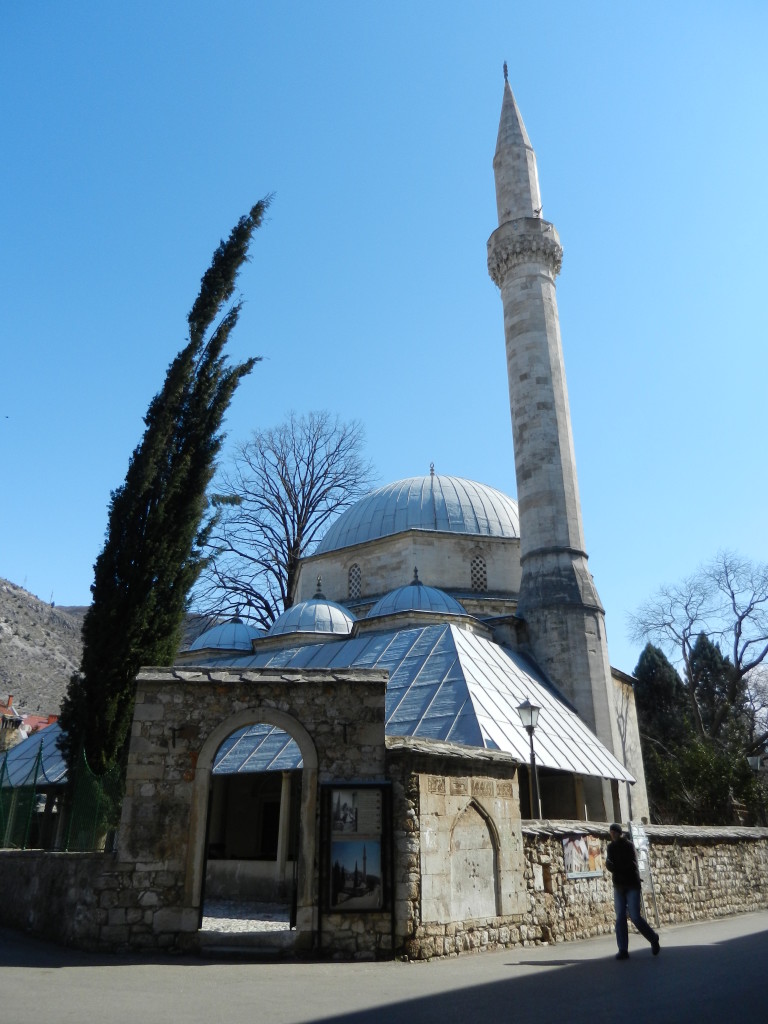
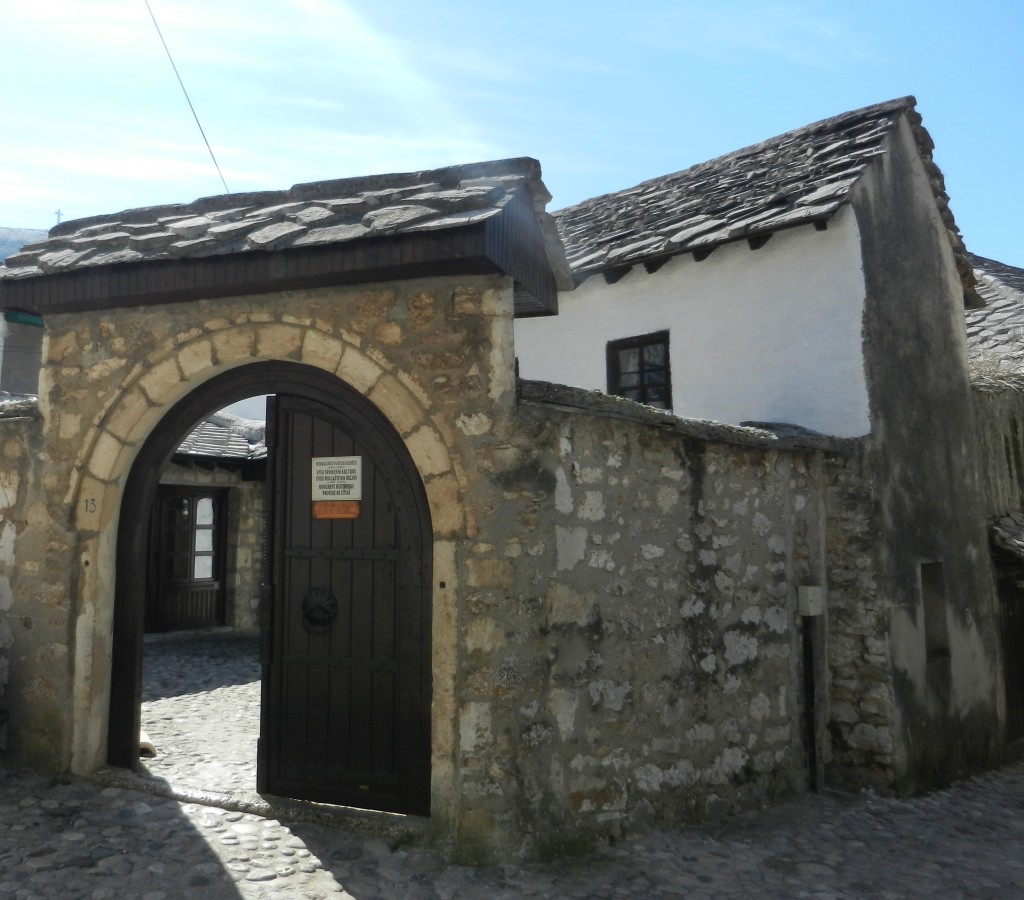
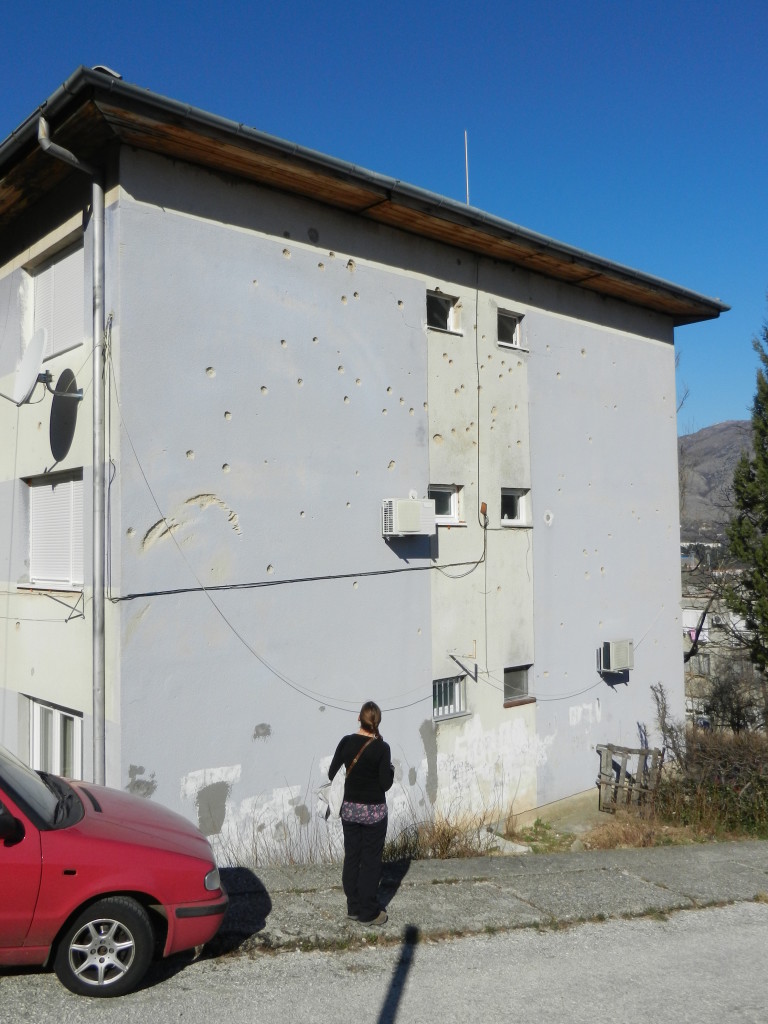
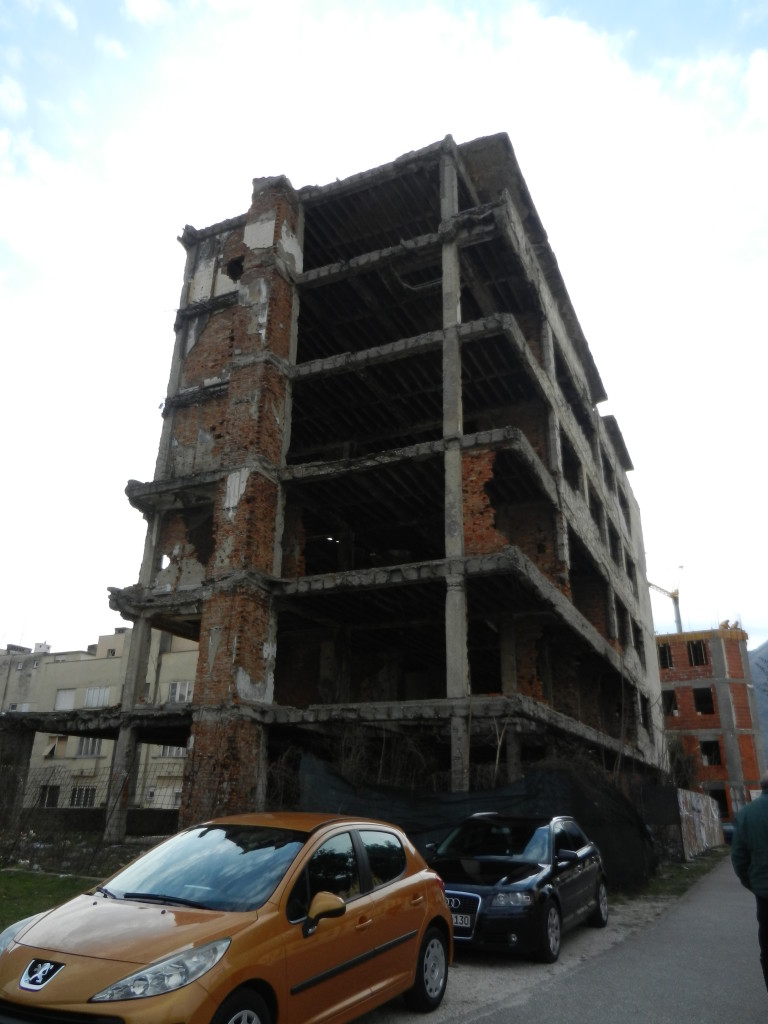
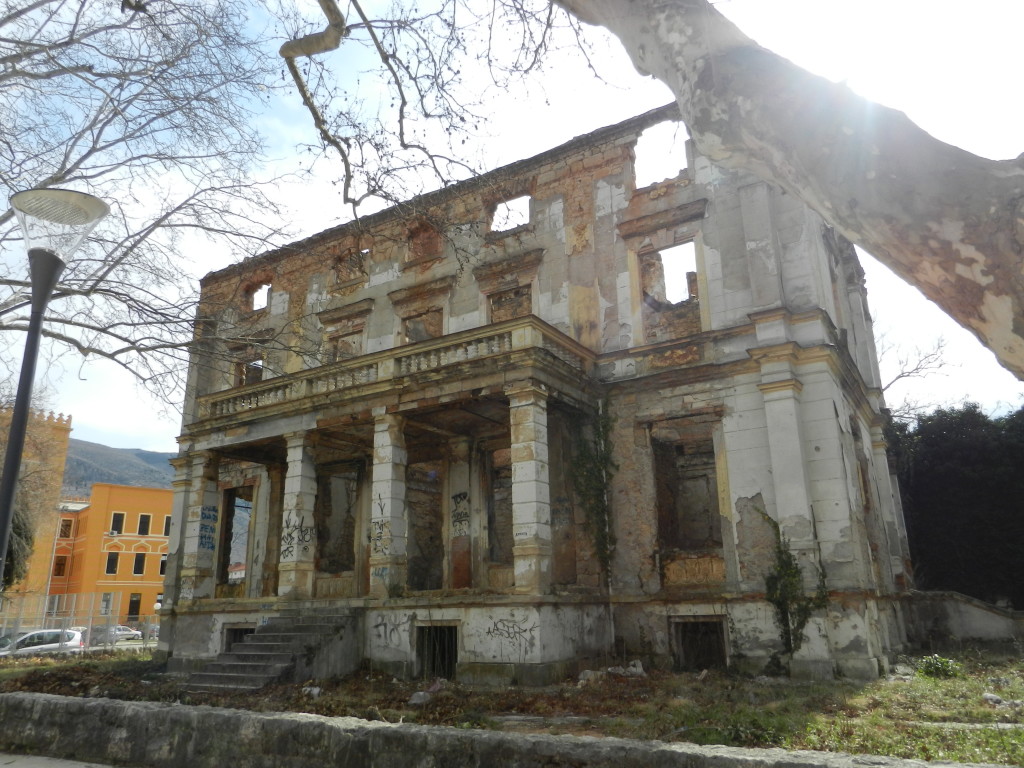
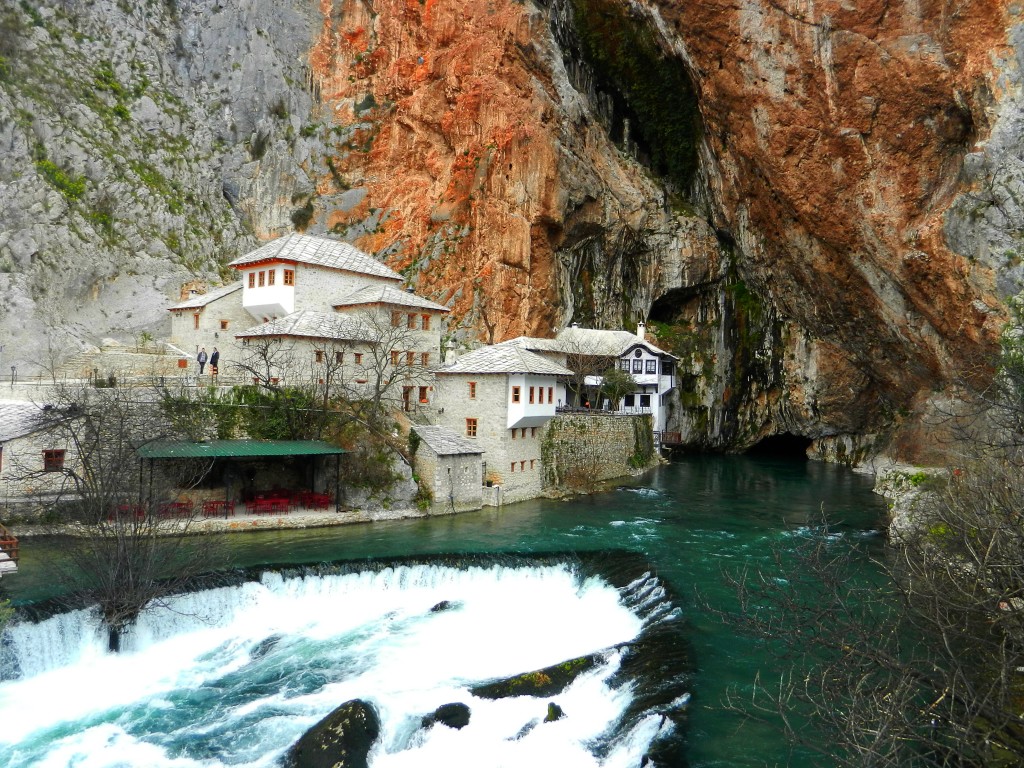
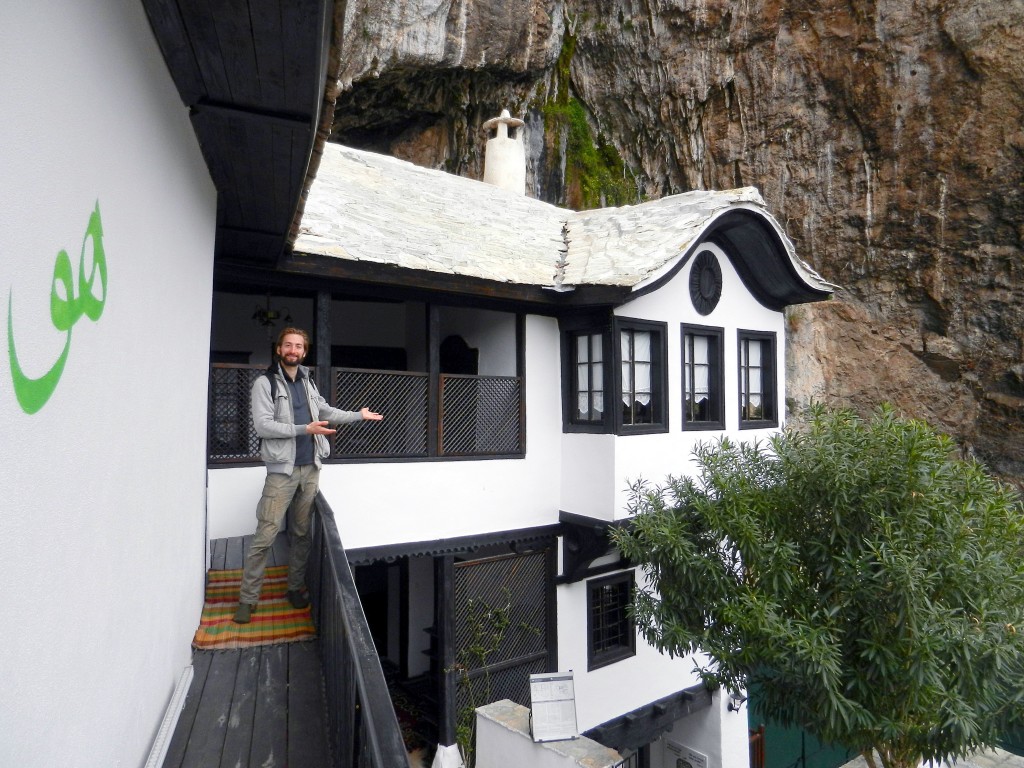
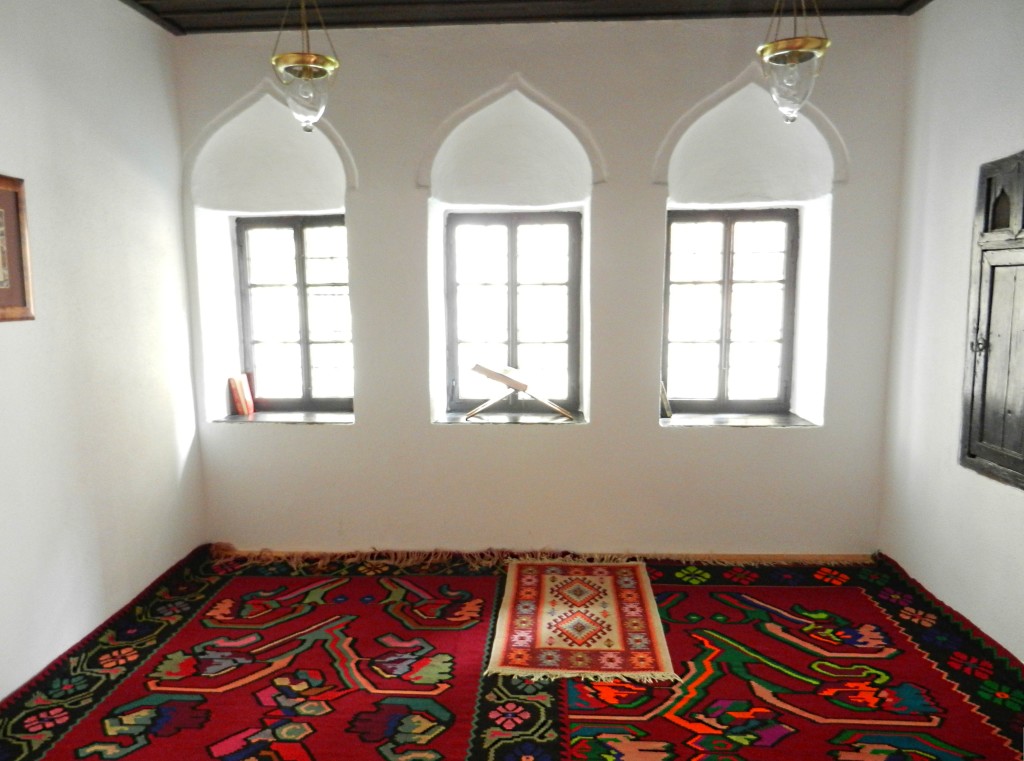
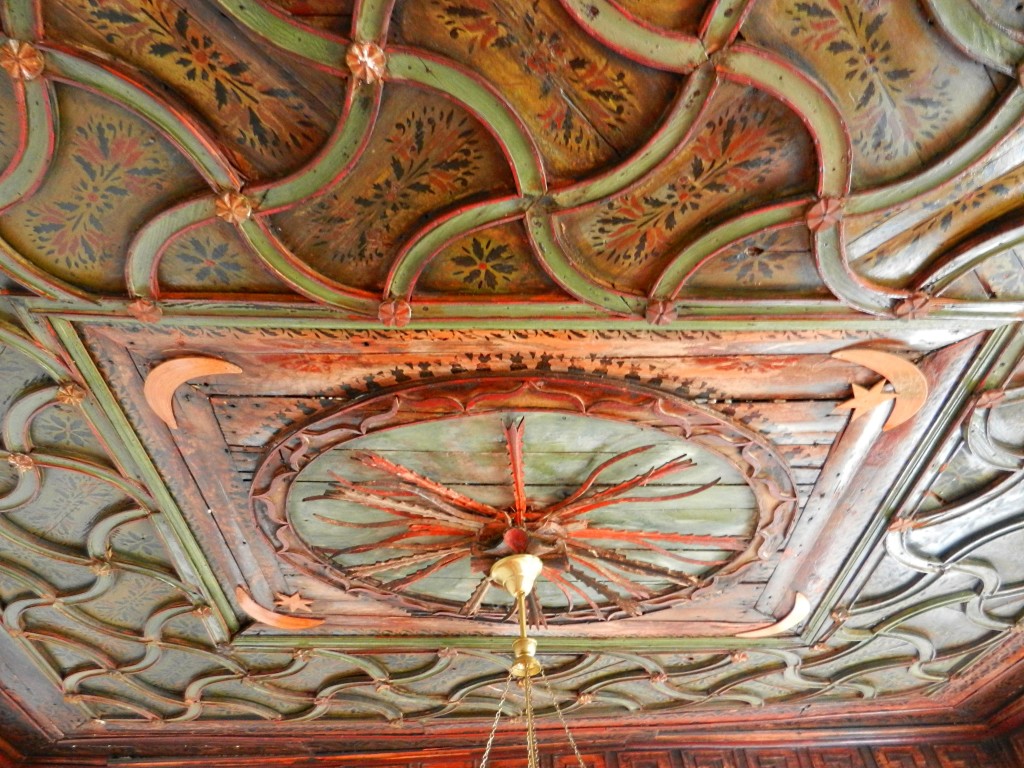

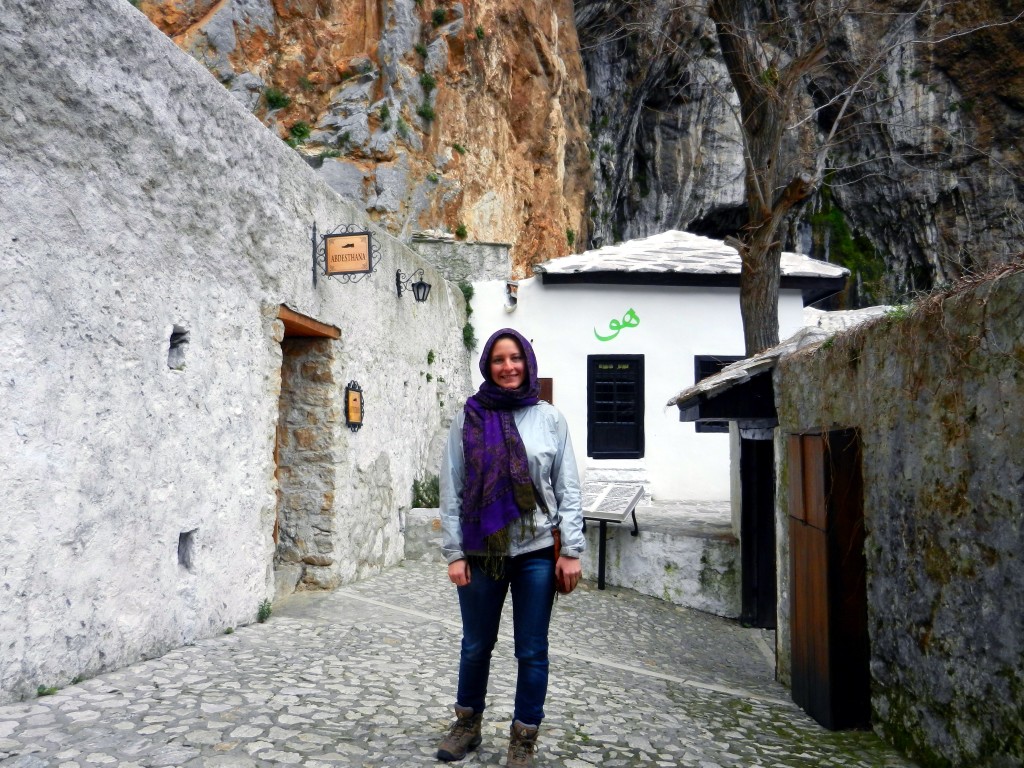
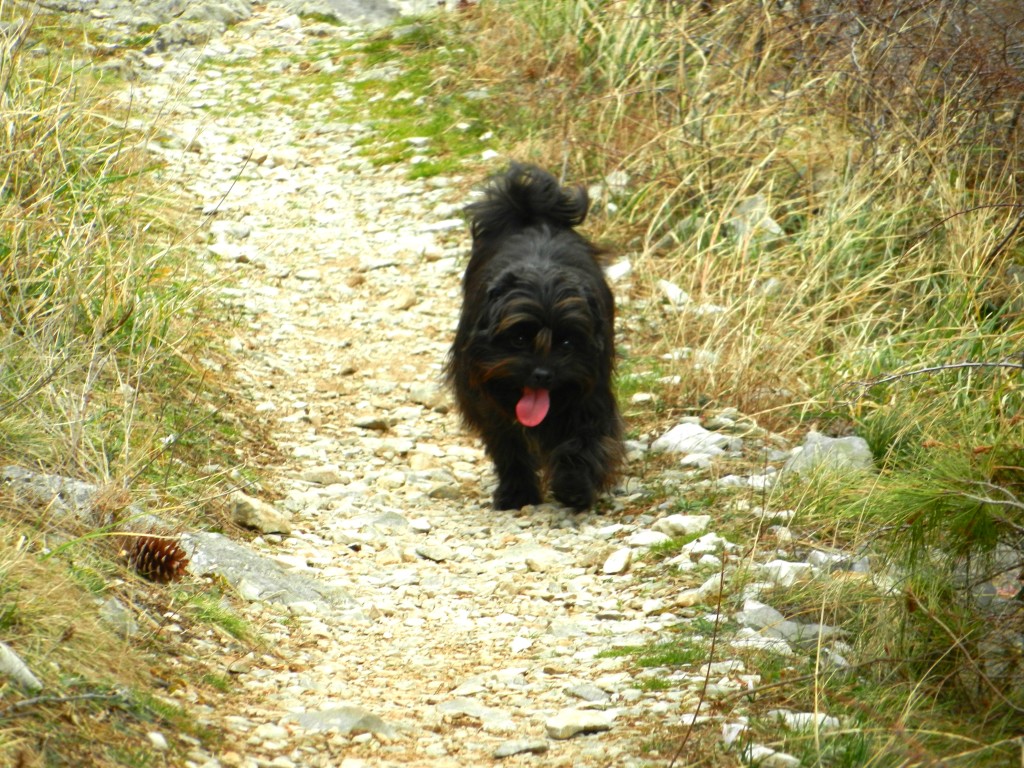
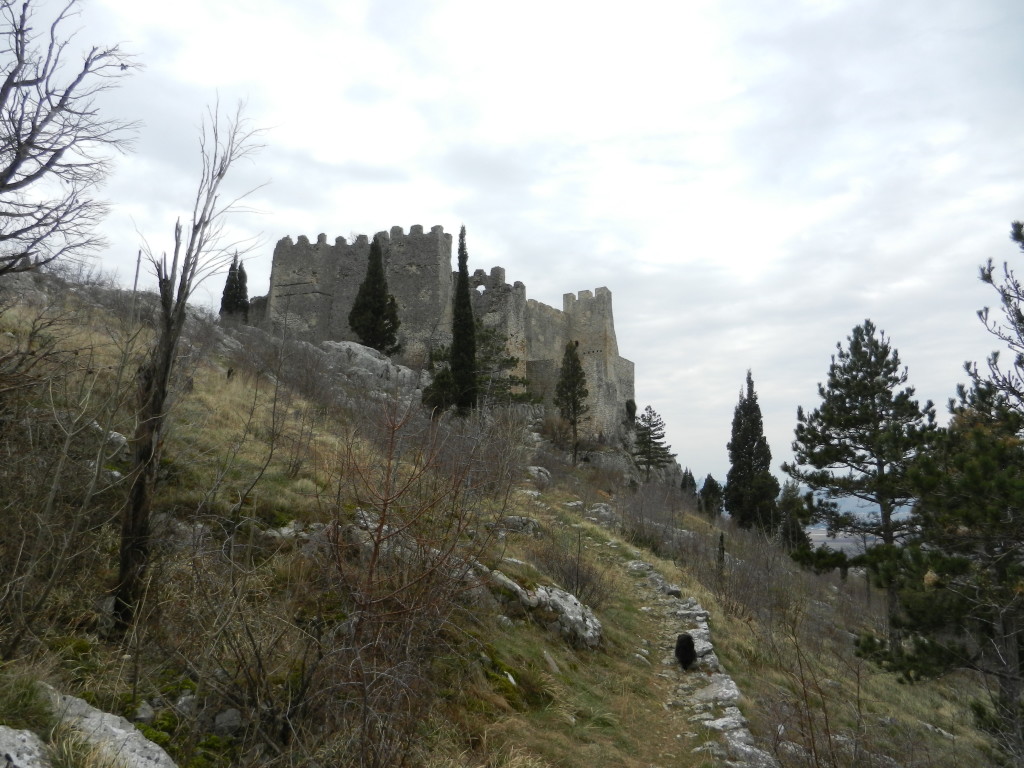
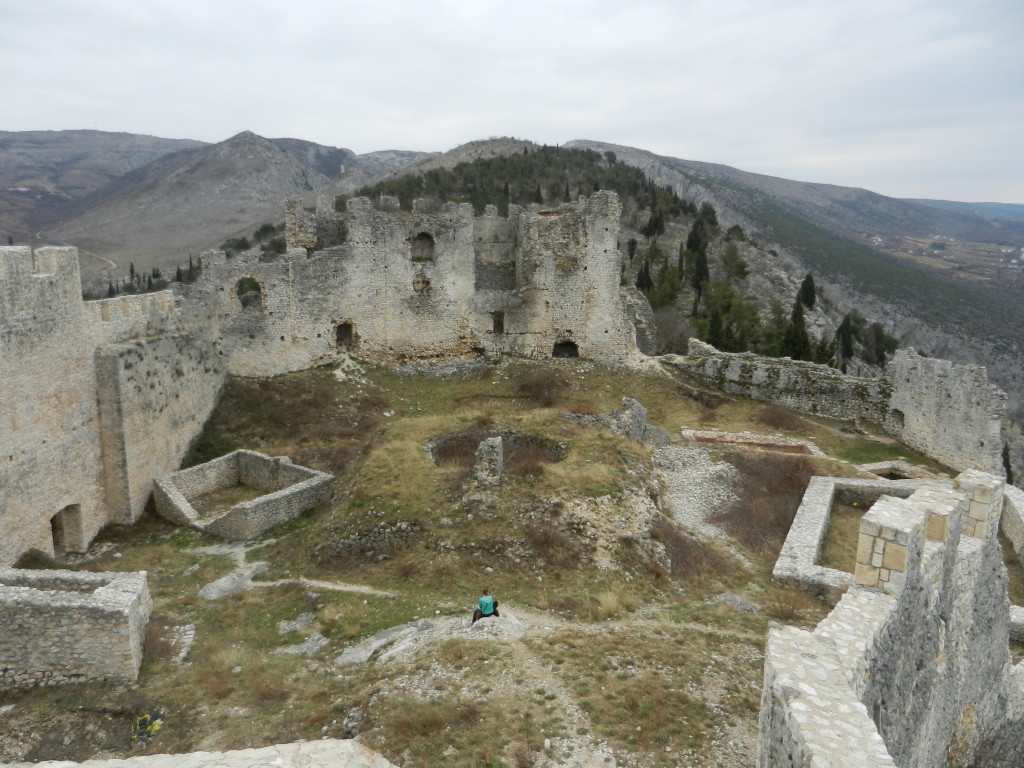
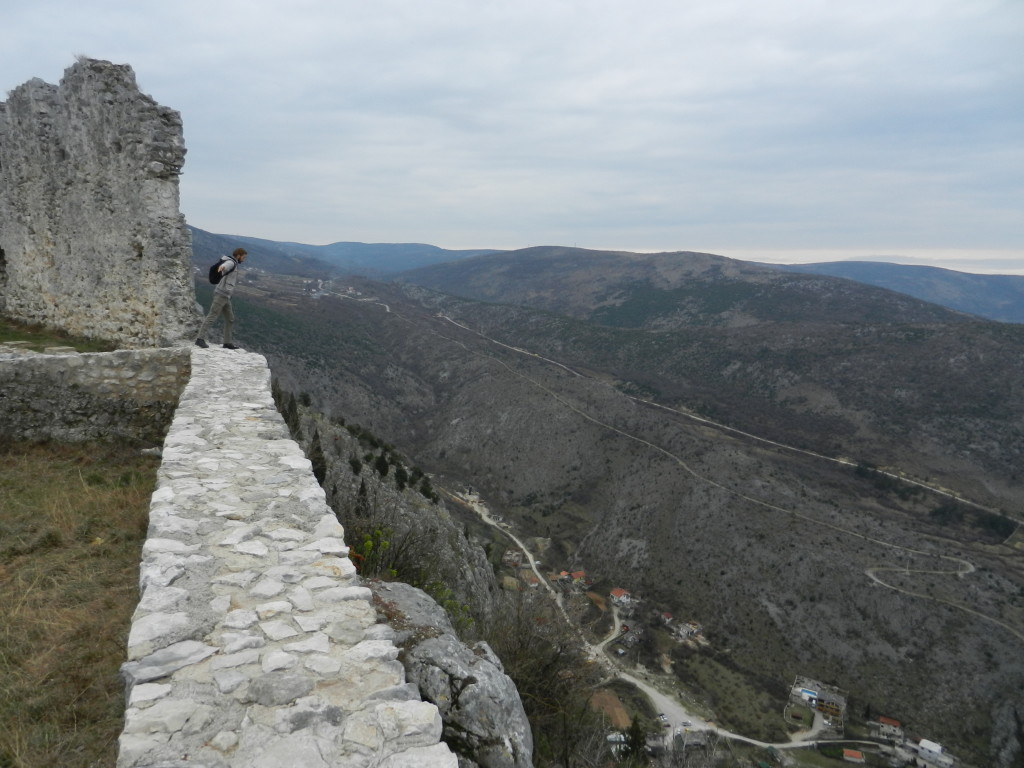
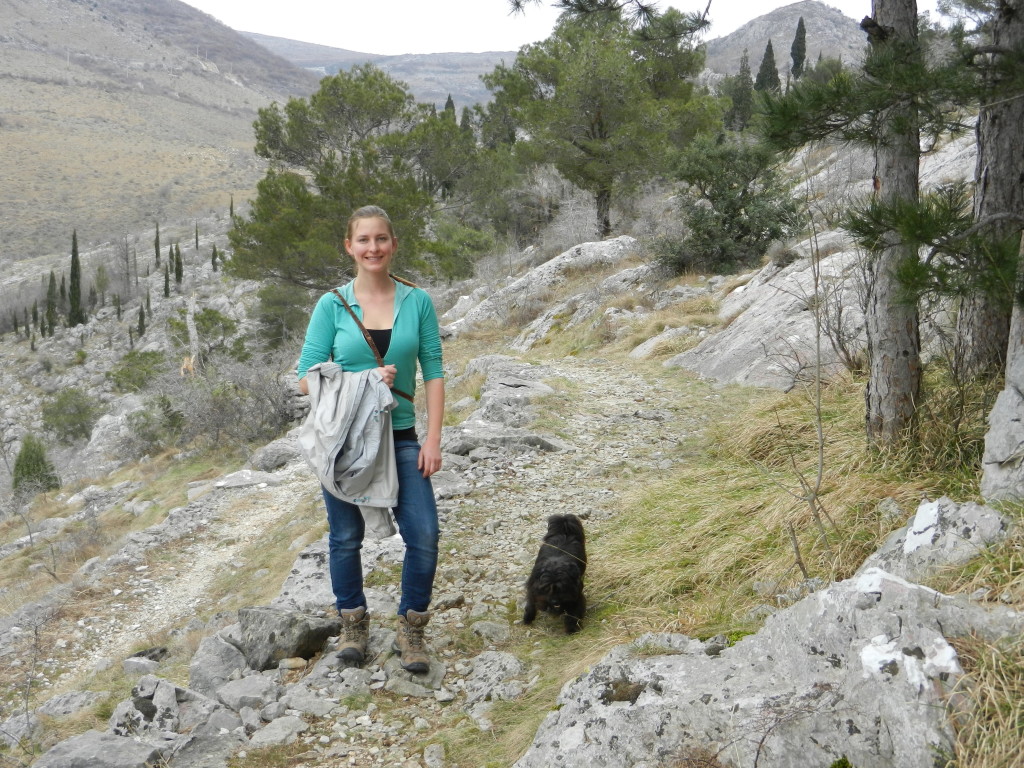
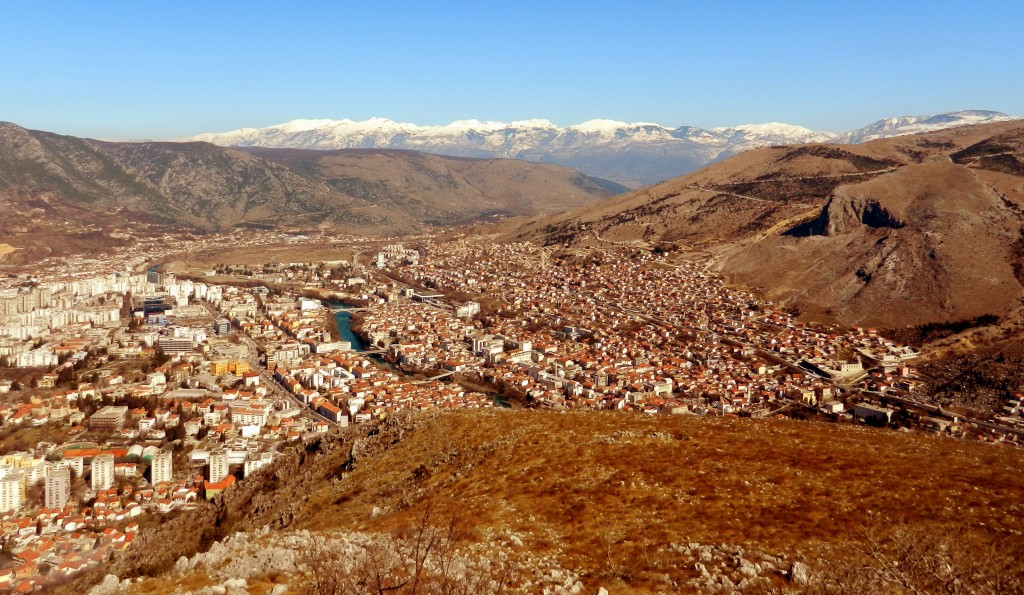
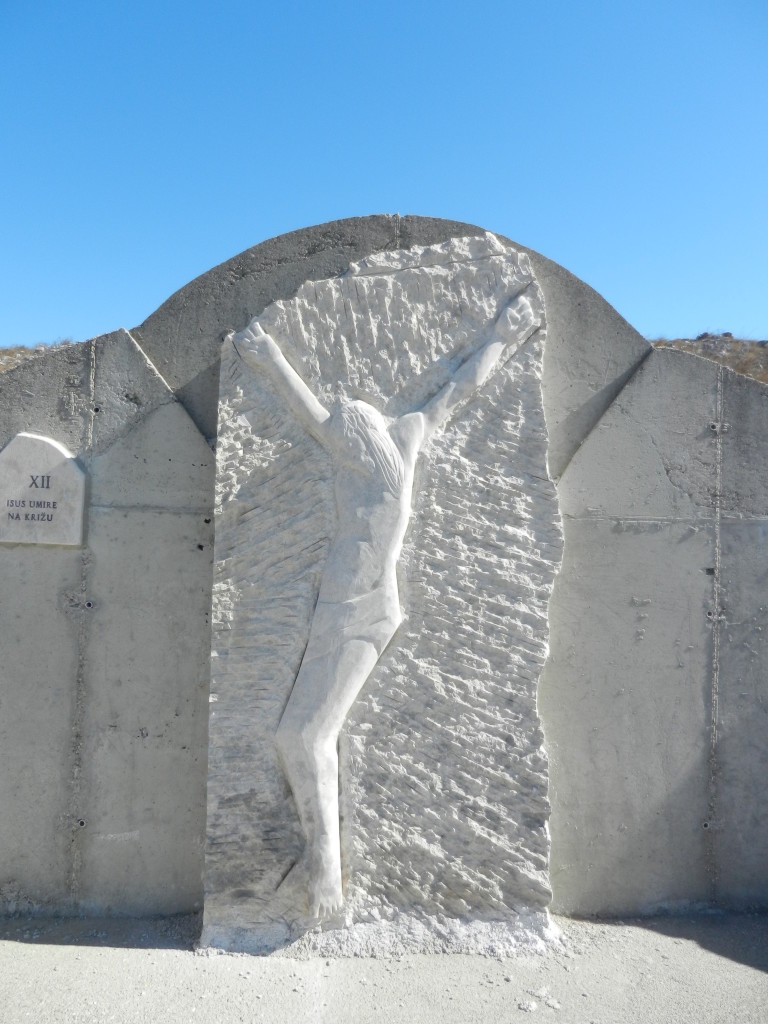
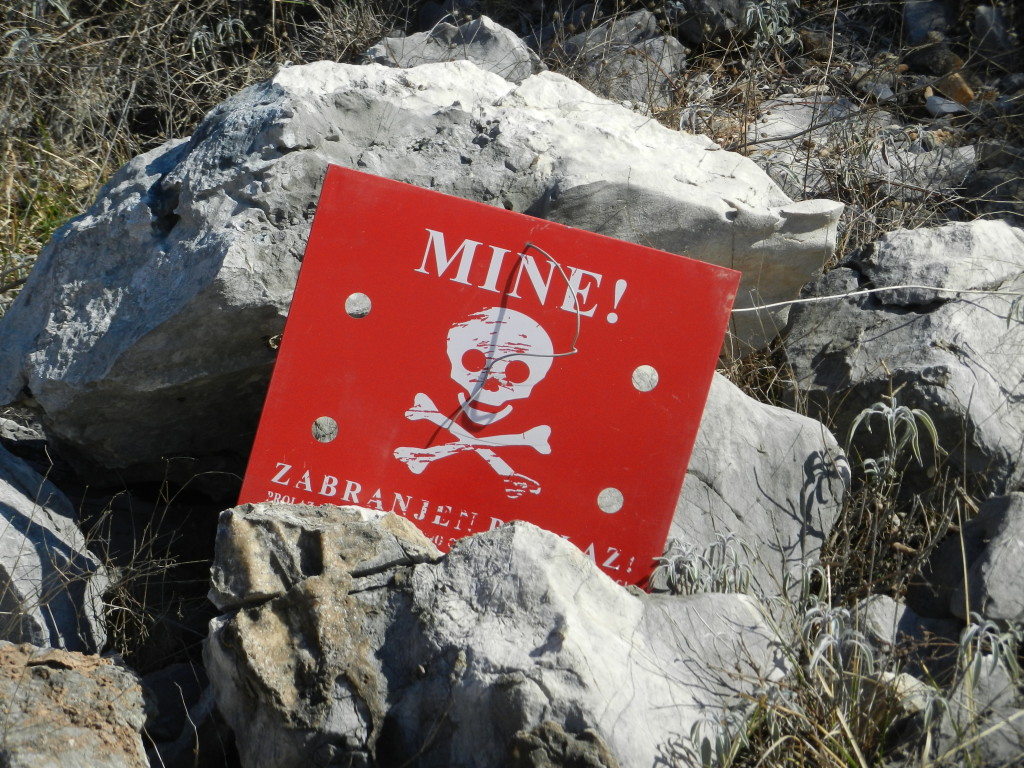

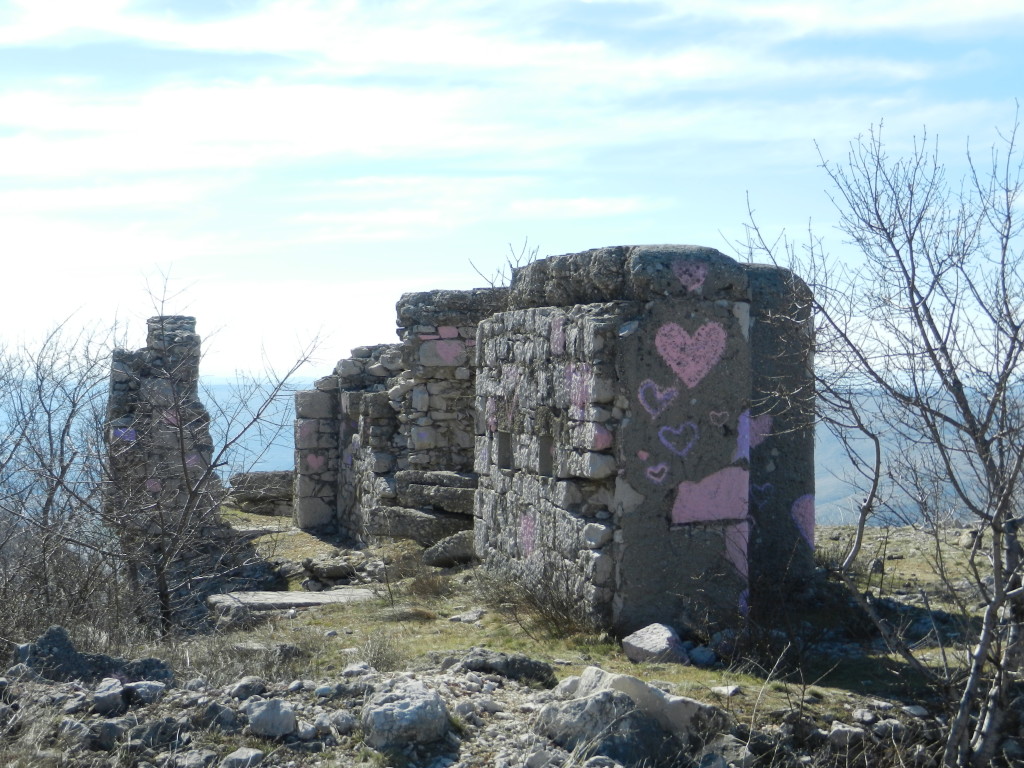
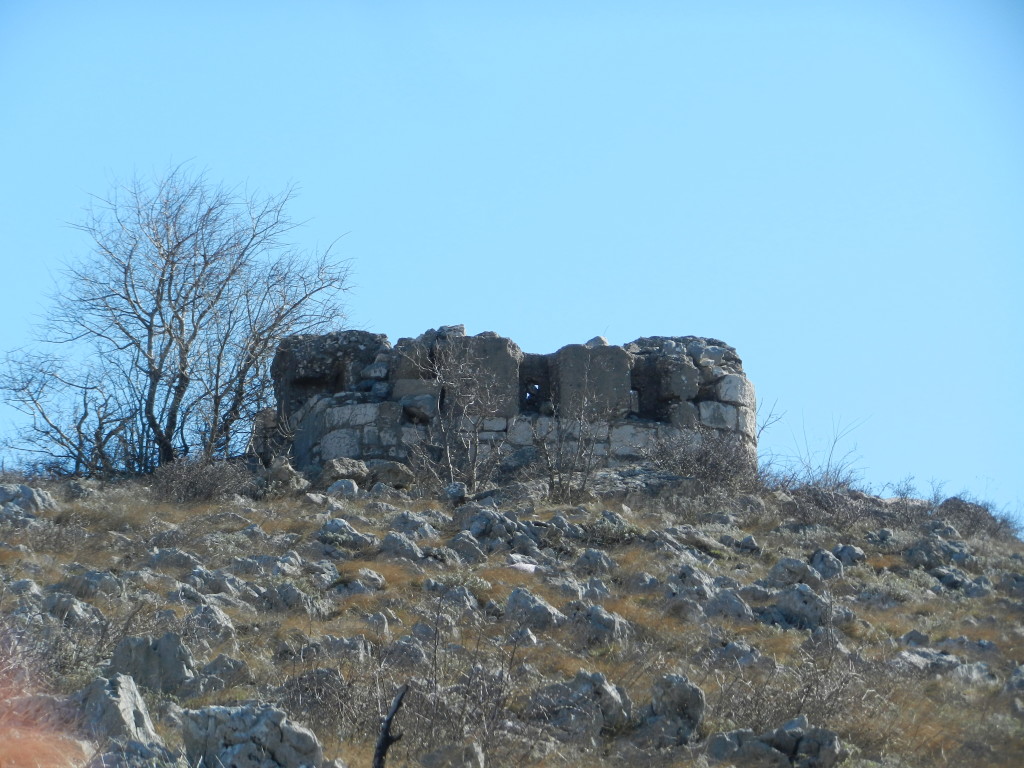
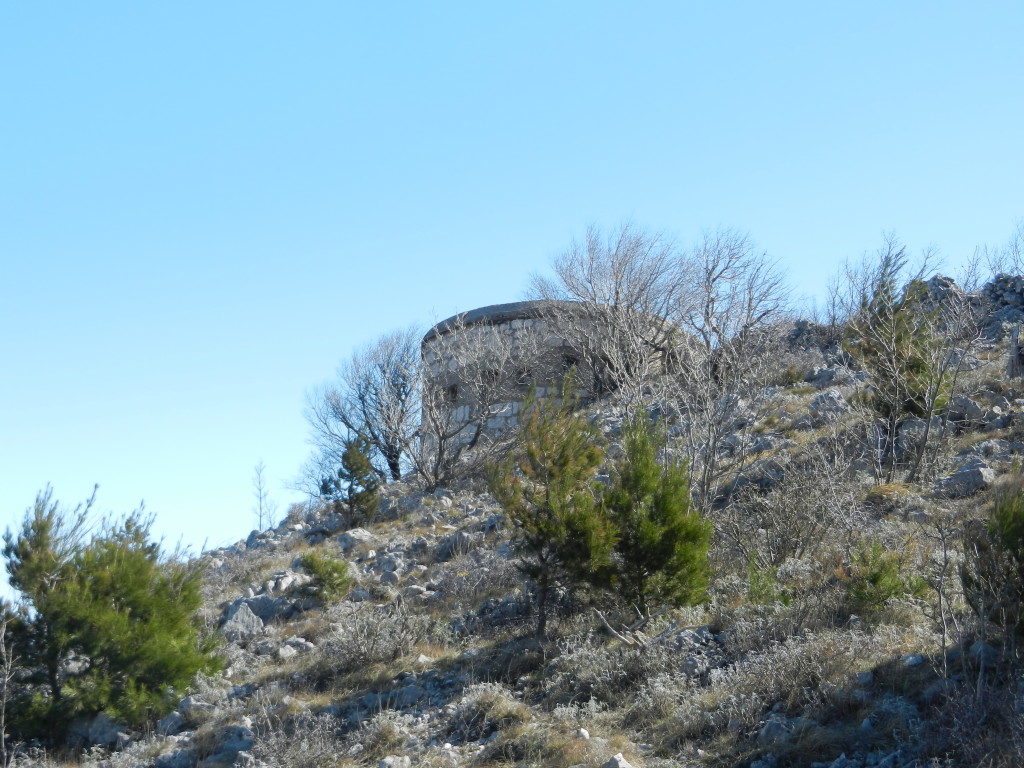
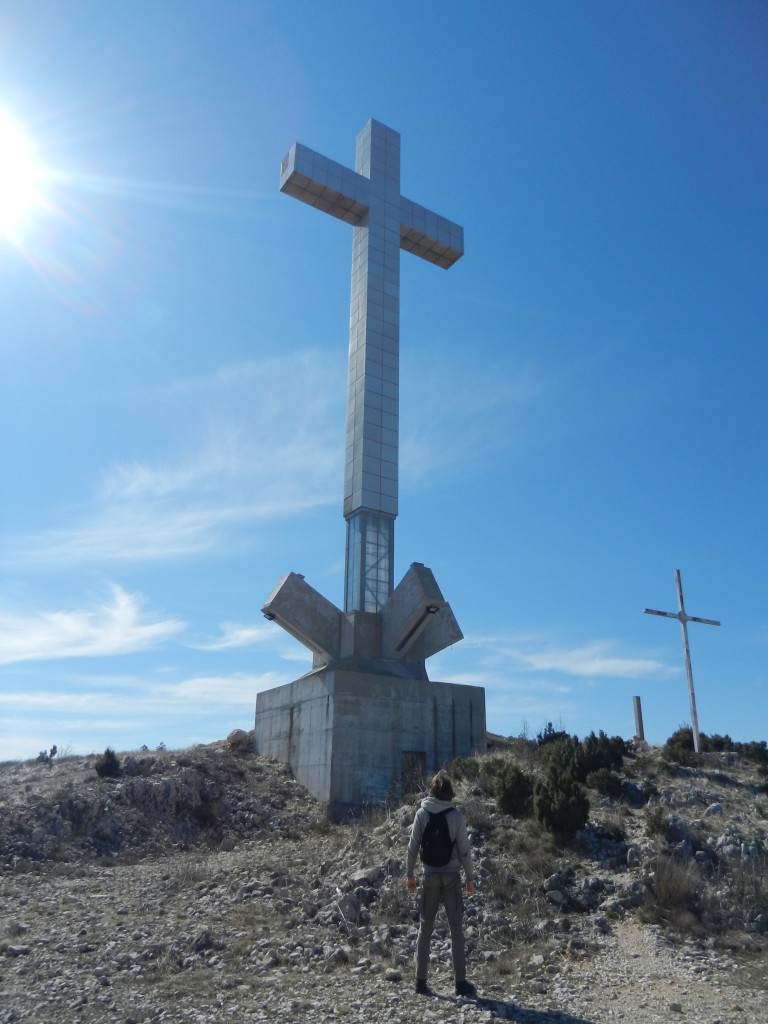
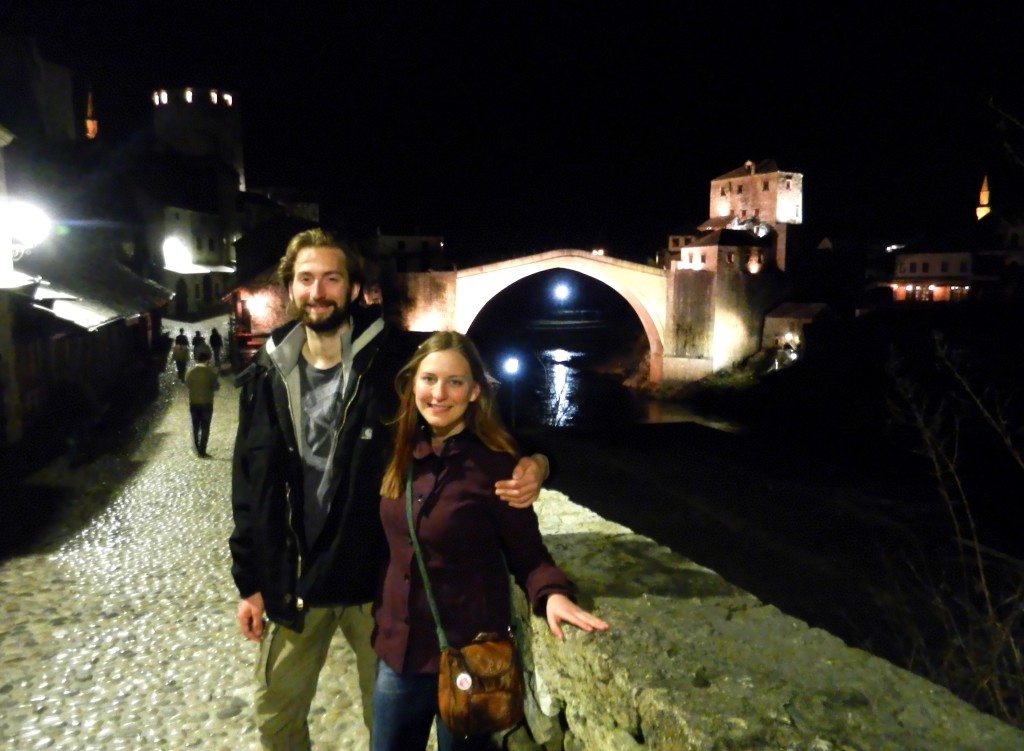
Wonderful descriptive writing.
Thanks, Greg 🙂 We’re glad you’re enjoying our adventures!